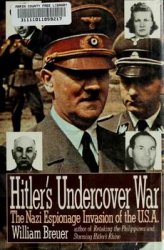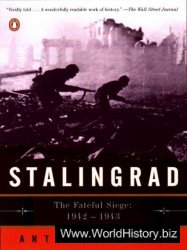The Norman invasion had dramatic and far-reaching consequences for the British monarchy, ruling elite, social system, language of government, architecture and landscape. It also brought a dramatic shift in England’s position in Europe. Instead of remaining within the orbit of a greater Germanic-oriented Scandinavian empire, England was dragged into continental politics, with new enemies to fear, mainly the French.
The Norman castles were at first a necessity for the conquest, and later an expression, however harsh and unwelcome, of disciplined power and administrative order under the firm leadership of William I. William I was succeeded by his son, William II Rufus (reign 1087-1100), who kept peace and suppressed two baronial rebellions

With success. Rufus also regained Cumbria (northwest England) from the Scots and mastered much of South Wales. He was killed accidentally by an arrow while hunting and was succeeded by his young brother, who became King Henry I (reign 1100-1135). Henry I, nicknamed Bauclerk, proved an able diplomat as well as an energetic general. He reigned for the most part in peace but in 1106 he made war upon and defeated his older brother, the duke of Normandy Robert, after which he seized the duchy. Upon the death of Henry I in 1135, the Norman realm of England went through a terrible period of civil war, for some of the nobility supported the Conqueror’s grandson Stephen of Blois, and some his granddaughter Matilda. The baronage broke every bond, delighted in civil war, established themselves as independent rulers, and openly defied the weak and unreliable monarchy. Mercenaries had been called in from the continent by the rivals for the throne, and had become a national plague. During this period, known as the Anarchy, castles proliferated into a swarming curse. They were built everywhere, serving as instruments of terror, as, according to the Anglo-Saxon Chronicle (which finally came to an end at this time), every castle was filled with devils and evil men.'" This state of anarchy has been, however, exaggerated and was not as widespread as the Chronicle would have us believe. The Anarchy and the struggle for the English throne were resolved by a compromise. When Stephen’s son died in 1153, it was agreed that Stephen would retain the crown until his death (which occurred a year later in 1154) and that Henry of Anjou should subsequently become king as Henry II.
Regarding fortification, the development of the high and thick-walled donjon has been regarded by some historians as critical in the development of medieval warfare, for (they argued) as a result warfare became based around sieges rather than pitched battles in the open field. Whether this is true or not is still open to debate, but one thing is for sure. With the Norman fortification began the great period of British medieval castle building. This was to last until the advent of gunpowder and siege artillery, which rendered them useless and obsolete, some four centuries later.




 World History
World History









